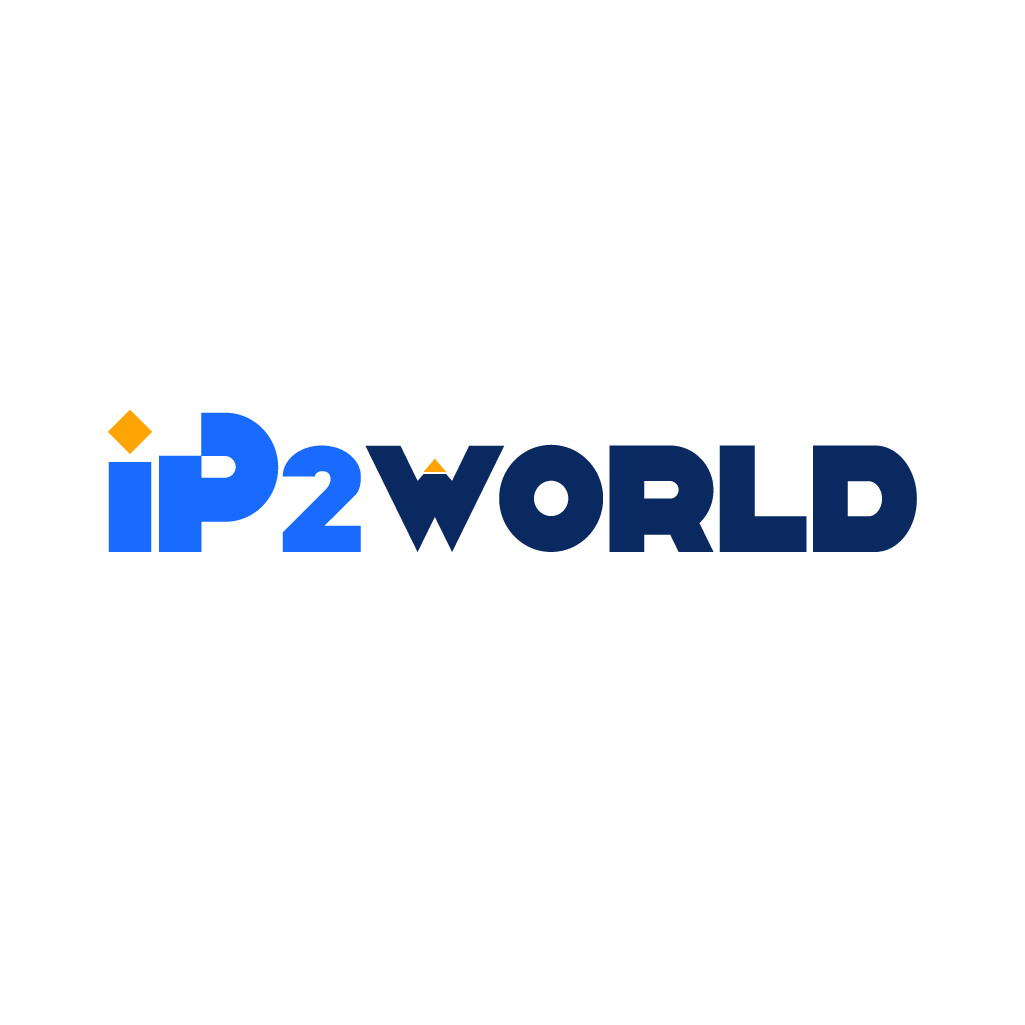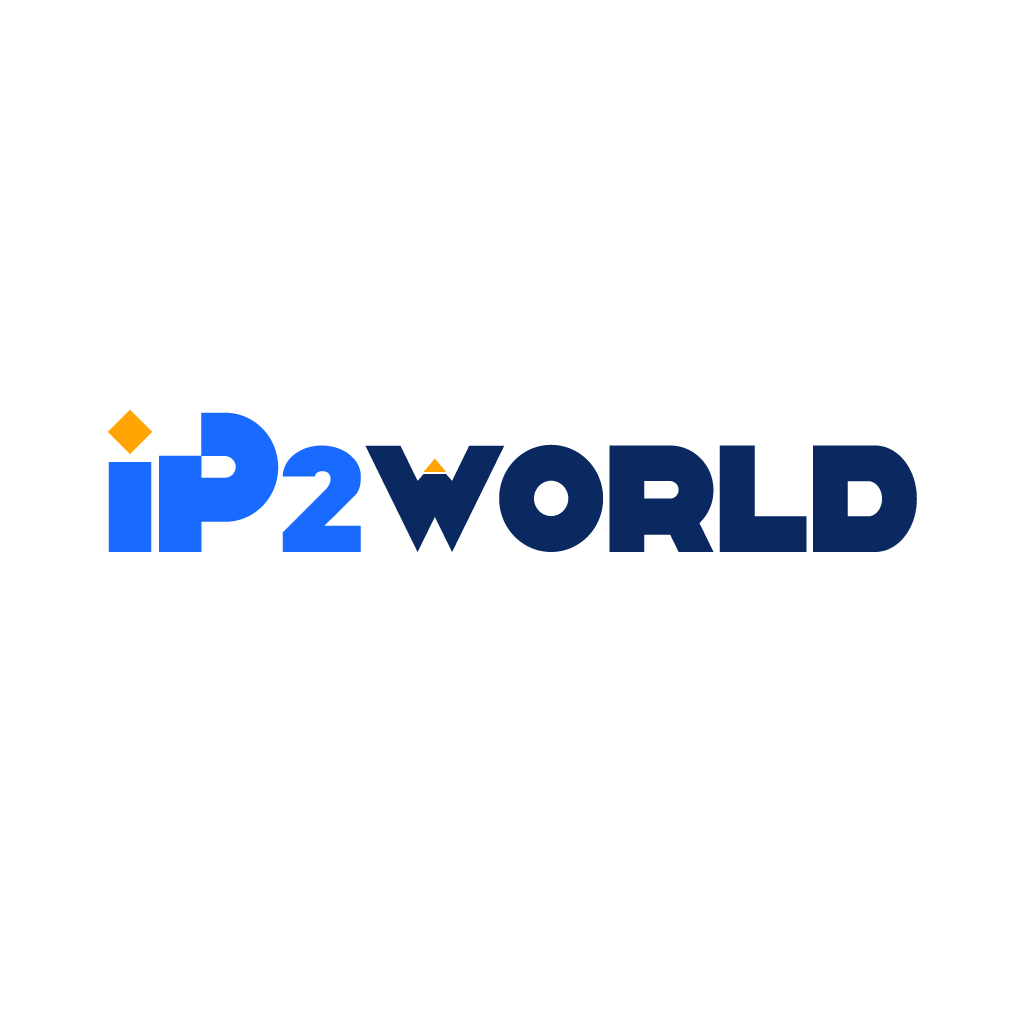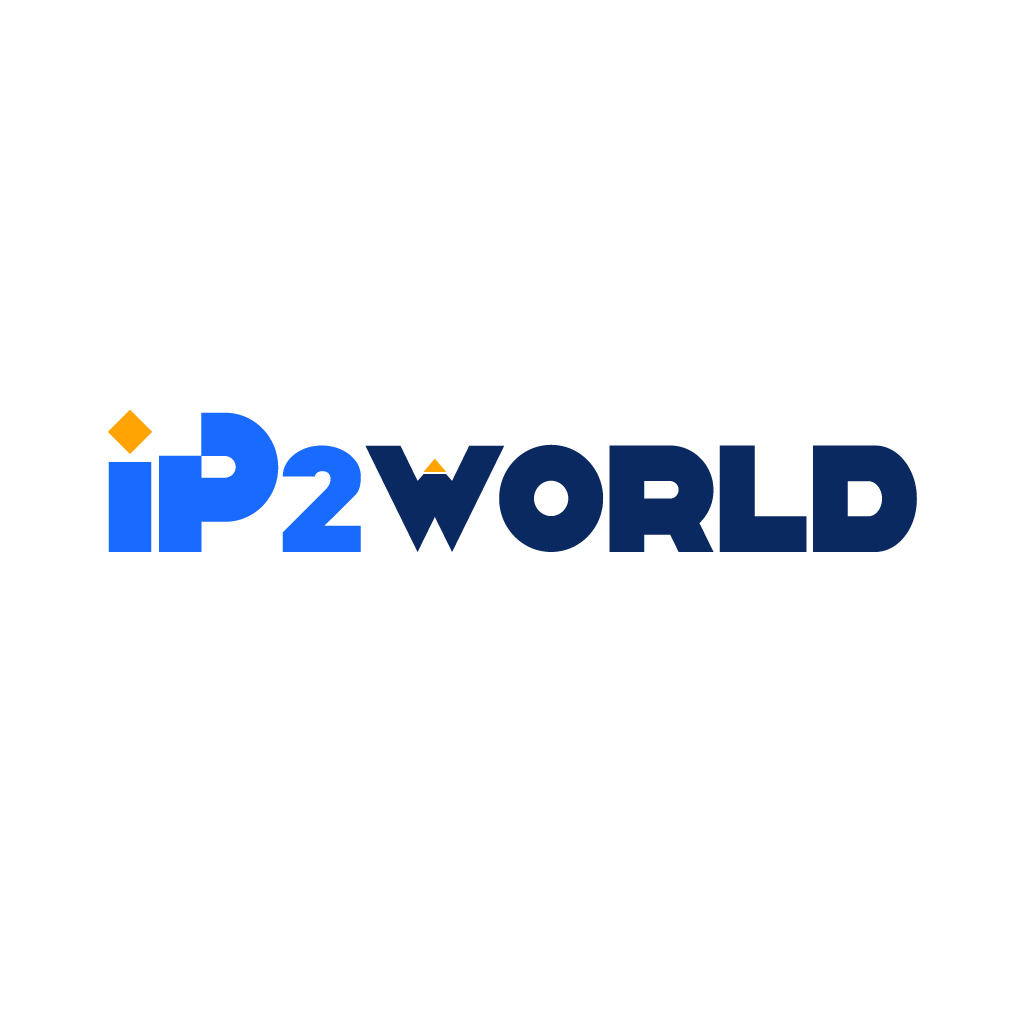Introduction In an era defined by digital transformation, where information flows incessantly across screens and devices, a remarkable phenomenon has emerged: User-Generated Content, or UGC for short. This article embarks on a journey to unravel the significance of UGC in contemporary marketing landscapes. What is User-Generated Content (UGC)? User-Generated Content, often abbreviated as UGC, encompasses any content piece that's produced by users and consumers rather than the brands or companies themselves. This diverse range includes but is not limited to reviews, photographs, videos, blog entries, comments on forums, testimonials, social media posts, and even art inspired by a brand or product. One might wonder, why is UGC commanding such attention in our digital age? The answer lies in the shift of power dynamics in the world of advertising and branding. Traditional marketing was a one-way street: brands dictated the narrative, and consumers were passive recipients. UGC turns this on its head. With the democratization of online platforms, consumers now co-create brand stories, taking an active role in the branding process. The result is a more organic, decentralized, and, most importantly, authentic form of brand narrative that resonates deeply with audiences. This evolution has given UGC an unmatched ascendancy in modern marketing strategies, challenging age-old norms and practices. What Drives the UGC Movement? - Trust, Transparency, and Authenticity: Today's consumers are inundated with ads everywhere they turn, leading to what many term 'ad fatigue'. Amidst this overflow, how do brands stand out? The solution has been found in UGC. Unlike highly polished, overly produced advertisements, UGC showcases real people with genuine experiences. This authenticity is relatable, lending an aura of trust and transparency that modern consumers value. They're more likely to believe a fellow consumer's testimonial or review over a flashy advertisement, making UGC a goldmine for fostering trust. - Case Studies: GoPro: This brand has become synonymous with adventure, and much of that reputation is due to its UGC-driven strategy. GoPro encourages its users to share their adrenaline-filled moments captured on their cameras. The result? A plethora of authentic, thrilling content that not only showcases the product's capability but also builds a community of enthusiasts. Airbnb: Airbnb's UGC strategy is deeply embedded in its business model. Hosts and travelers share photos, reviews, and stories of their experiences. Instead of just advertising vacation rentals, Airbnb showcases stories, adventures, and unique experiences that travelers can have, making the platform more about connection and less about mere transaction. This authentic approach has helped Airbnb build a trustworthy brand that hinges on real-world experiences shared by its user base. Through these examples, it's evident that brands which strategically incorporate UGC into their marketing DNA not only achieve authenticity but also foster a deep-seated connection with their audience, transforming them from mere consumers to brand ambassadors. Tangible Benefits of UGC for Brands - Expanding Brand Awareness Organically: Every piece of UGC, whether it's a shared review, a photo, or a short video, essentially serves as word-of-mouth marketing in the digital realm. Each share or post not only reaches the original poster's network but can also go beyond, especially when it's compelling or resonates with wider audiences. This ripple effect can amplify a brand's presence without any additional investment, making it an organic and potent tool for brand visibility. - Enhancing Engagement: The essence of UGC lies in its authenticity and relatability. When consumers see content from real users - someone like them - they're naturally more inclined to engage, be it through likes, comments, shares, or even direct conversations. This engagement isn't just superficial; it often translates to deeper brand loyalty and enhanced consumer trust. The power of peer reviews and recommendations is a testament to UGC's unparalleled engagement potential. - Cost Savings and Efficient Resource Allocation: Traditional advertising and marketing campaigns can be resource-intensive, requiring significant investments in both time and money. UGC, on the other hand, is essentially free content created by users. Brands can repurpose this content across platforms, reducing the need for high-cost production campaigns. This not only saves money but also allows for more agile and responsive marketing strategies, adjusting in real-time based on the UGC received. - Valuable Feedback: Beyond just marketing, UGC is a treasure trove of insights. Every post, review, or comment is a direct reflection of consumer sentiment. This real-time feedback helps brands gauge their market position, understand emerging trends, identify potential areas of improvement, and even innovate based on genuine consumer needs and desires. Challenges and Considerations in UGC Strategy - Content Quality and Relevance: The vast volume of UGC also brings variability in quality. While some content might be a perfect fit for a brand's narrative, others might be off-brand or even counterproductive. It's imperative for brands to have robust mechanisms in place to sift through UGC, ensuring that what gets highlighted aligns with the brand's values, aesthetics, and messaging. - Rights and Permissions: One of the most critical aspects of UGC is the ethical and legal consideration of rights. Just because a user posts content related to a brand doesn't automatically give the brand the right to repurpose it. Brands must always seek explicit permission from users before leveraging their content. Failure to do so can lead to legal complications, not to mention potential PR disasters and erosion of consumer trust. - Balancing Brand Image with Authenticity: The allure of UGC is its genuine, unfiltered nature. However, there's a delicate balance to maintain. While it's tempting to showcase only the most polished UGC, doing so might strip away the very authenticity consumers crave. Brands must walk a tightrope, ensuring they maintain brand consistency without diluting the raw, genuine essence of user-generated content. Strategies for Successful UGC Campaigns - Setting Clear Goals: Any successful UGC campaign starts with a clear understanding of its objectives. Define precisely what you aim to achieve through UGC. Is it about increasing engagement, driving sales, building brand loyalty, or gathering valuable feedback? Having well-defined goals will not only guide your campaign but also help in measuring its success accurately. - Engage with Influencers: Influencer marketing and UGC go hand in hand. Partnering with influencers who align with your brand can significantly amplify the reach of UGC. Influencers often have large and engaged followings, and when they create or share UGC related to your brand, it exposes your content to a broader and more targeted audience. Their endorsement lends credibility and trust to your campaign. - Promotions and Incentives: While some users may create UGC out of genuine enthusiasm for your brand, others might need a little nudge. Offering promotions and incentives can be a powerful way to encourage content creation. Competitions and challenges, where the best content is rewarded, can spark creativity and participation. Discounts, exclusive access, or early releases can also serve as attractive incentives. - Branded Hashtags: Creating a unique branded hashtag is more than just a trend; it's a practical strategy. A well-crafted hashtag serves multiple purposes. It unifies all UGC related to your brand in one easily accessible stream, allowing you to track and engage with user content effectively. Additionally, it encourages users to adopt the hashtag in their posts, increasing brand visibility and engagement across social media platforms. Looking Ahead: The Future of UGC UGC has firmly established itself as a pivotal element in modern brand strategies, and its trajectory suggests it's here to stay. Here's a glimpse of what the future might hold: - Increased Integration: Brands will weave UGC even more deeply into their overarching marketing strategies and campaigns. It won't be just a standalone initiative but an integral part of how brands engage with their audiences. From product launches to storytelling, UGC will continue to play a central role. - Technological Evolution: As technology continues to advance, UGC will evolve alongside it. The rise of augmented reality (AR), virtual reality (VR), and artificial intelligence (AI) will open new avenues for immersive and personalized brand experiences. Users might create UGC in virtual worlds or interact with AI-driven UGC generators that cater to their unique preferences. - User-Centric Branding: UGC will further shift the focus of branding towards user-centricity. Brands will not only encourage users to create content but actively involve them in shaping brand narratives. User-generated ideas and feedback will have a more direct impact on product development and brand positioning. In essence, UGC's future is one of integration, innovation, and user empowerment, where the boundaries between brand and consumer blur, creating more authentic and meaningful brand experiences. Conclusion: Navigating the UGC Frontier As we draw the curtains on this exploration of User-Generated Content (UGC), it becomes abundantly clear that UGC is not a mere trend but a seismic shift in the way brands connect with their audiences. It thrives on trust, transparency, and authenticity, providing a refreshing departure from the world of polished advertisements. UGC is the embodiment of real people sharing real experiences, and it has become the bedrock of modern marketing. The benefits for brands are manifold, from organic brand awareness expansion to heightened engagement and cost-efficient resource allocation. UGC also serves as a valuable source of real-time feedback, allowing brands to fine-tune their strategies and stay in sync with consumer sentiments. However, the UGC landscape is not without its challenges. Brands must navigate the terrain of content quality, rights, and permissions, all while maintaining the delicate balance between brand image and authenticity. To harness the power of UGC, brands must set clear goals, engage with influencers, offer incentives, and create branded hashtags that unite user-generated content. Looking forward, we can anticipate UGC's deeper integration into marketing strategies, a technological evolution that augments UGC's impact, and a shift toward user-centric branding. In essence, UGC's future is one of integration, innovation, and user empowerment. It blurs the lines between brand and consumer, creating more authentic and meaningful brand experiences. As we embark on this journey into the UGC frontier, one thing is certain: the power of user-generated content is here to stay.
2023-09-13



